How to Get Rid of Chicken Skin on Face
The 10 Products I Use to Get Rid of 'Chicken Skin'
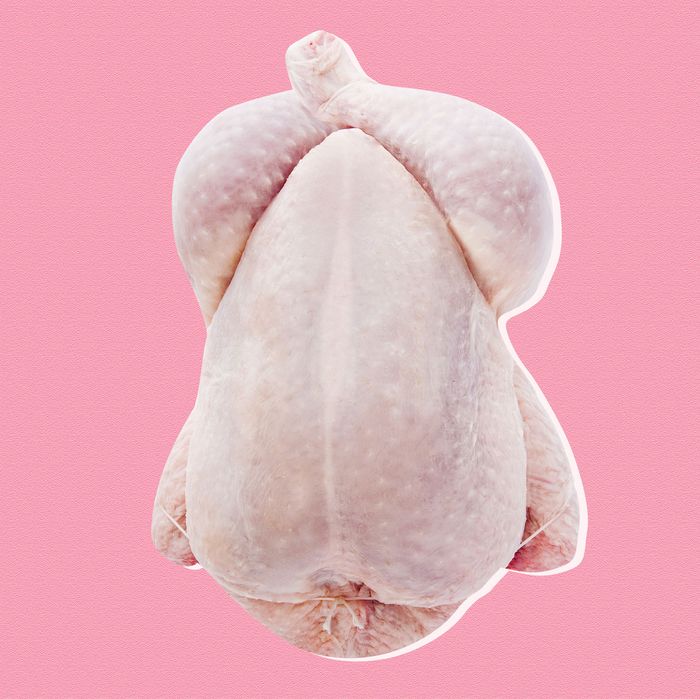
Chicken skin, be gone. Photo: Creativ Studio Heinemann/Getty Images/Westend61
When you're little, it's typical to wish for a pony, or that your little brother mysteriously gets mailed back to whatever demon store your parents got him from (Amazon?). I asked for both of these things, but the thing I wanted most of all was smooth skin.
For as long as I can remember, I've had keratosis pilaris (KP for short or chicken skin, colloquially) on my arms, neck, and face. On my cheeks it compounded with a flare-up of rosacea so frustrating that I started begging my mom for "good skin" when I was 5. She took me to a dermatologist, who suggested the now-maligned St. Ives Apricot Scrub as an antidote. The first time she showed me how to scrub my body and face with it, the sensation was so rough and unpleasant that I cried.
Since then, the No. 1 query in my quest for skin-care products is "Will it make my skin smoother?" I've learned that the answer lies in a dual-pronged approach of exfoliators and moisturizers, and a commitment to both that verges on obsession.
It looks like permanent goosebumps. "In layman's terms, keratosis pilaris is a benign skin disorder when your skin cells accumulate around the hair follicles," Manhattan dermatologist Dr. Shereene Idriss told me. Because the cells don't exfoliate normally, these bumps accumulate "usually on the upper outer arms or thighs." It's a chronic, genetic skin condition, and she notes that some people are more prone to it than others.
She adds that people who are prone to it usually have either really dry skin or eczema. It tends to get worse when people hit puberty, and most people outgrow it by age 30. I'm 29 and my bumps have shown no sign of packing up shop in the next few months. So obviously, the logical solution would be to try to buy my way out of my own skin.
While it can be tempting to treat KP bumps like you would a particularly juicy pimple, Dr. Idriss warns against picking at flare-ups. (Popping zits can also be a recipe for disaster, but hey, we're only human.) "Picking leads to scarring and can eventually lead to hyperpigmentation," she explains. She also warns against drying your skin out further than you need to: "Minimize soap on the affected area as that can be harsh on the skin, avoid hot showers, and moisturize damp skin immediately after shower."
Because it's a genetic condition, the short answer is that there is no cure for KP. But there are ways to manage the flare-ups, and to soothe your skin so that the patches feel less severe. The key to managing the bumps is by exfoliating, but it's crucial to use chemical exfoliants instead of physical ones. (Most doctors are team acid, though Beyoncé's dermatologist Dr. Howard Lancer is notably a fan of the scrub.)
"Look for treatments that will break down the skin's superficial barrier," Dr. Idriss suggests. That means stocking up on acids and other products that help your skin exfoliate like it should, and break down the skin-cell bumps that have built up around your hair follicles. She likes lactic acid, urea, salicylic acid, and retinoids. As a bonus, all the exfoliating will help keep ingrown hairs at bay. It is possible to overexfoliate, however; you'll know you overdid it when your skin gets red and irritated. That's why it's best to start slowly, and only use one acid at a time.
If you're new to the wild world of retinol, it's important to begin slowly. For KP bumps on your face, Dr. Idriss suggests starting with "a very light percentage topical retinoid because you don't want to get too dry." Some people prefer to take days off between retinol applications; others prefer the "sandwich" method, or layering a retinoid product between two applications of a hydrator to buffer any side-effects. As far as KP patches on your body, Dr. Idriss says you can be more aggressive; try diluting a retinoid in a lactic acid moisturizer for a one-two punch.
Because people with KP tend to have dry skin, and retinols and acids dry your skin out even further, it's crucial to combat that dryness with plenty of moisture. Contrary to popular belief, moisturizers don't technically moisturize your skin directly, but they do lock existing moisture into the skin. (Exfoliating prior to applying a moisturizer can help your product penetrate the skin better, and lucky you — you're already doing that!) Drinking plenty of water is always helpful, as are the heavy-duty moisturizers other people might refer to as "winter" products; I know no such thing as seasons, they are my year-round go-tos.
And while some people swear that cutting out food groups like gluten or dairy can help save your skin from inflammation, there aren't enough studies to support this theory just yet. (Dr. Idriss does note, however, that people with eczema can be more sensitive to certain foods, so keeping a food diary might not hurt.) So continue ordering oat milk lattes if you like the taste, and get ready to drop some serious acid on your face. Here are my favorite products for staying smooth, for my body and face:
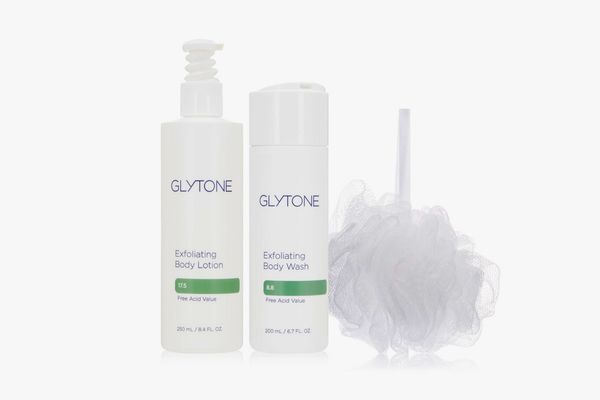
Reviewers love the double-duty aspect of Glytone's KP set (you can also buy the body wash and body lotion separately.) The pouf might be too harsh on your skin — it's a physical exfoliant, after all — but using the body wash with a standard wash cloth works just as well.

When one of my friends sang the virtues of Amlactin, I stopped everything to listen. The lotion, which contains alpha hydroxy acids, is so effective, I had no idea she had KP before she told me. Dr. Idriss likes it, too; "I don't think you need a prestige brand to treat KP!" she says.
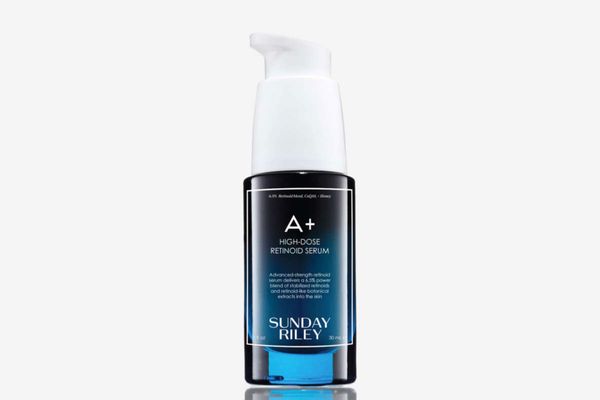
I've sung the virtues of Sunday Riley's new serum before — it contains a 6.5 percent compound of different retinols to help encourage skin cell turnover. I use two to three pumps every other night; too much, and my skin starts developing patchy dry spots.

I like to think of this moisture pack as a super-indulgent sleeping mask. It works best if you layer it over your retinoid, and allow it to sink in your skin a little before falling asleep.
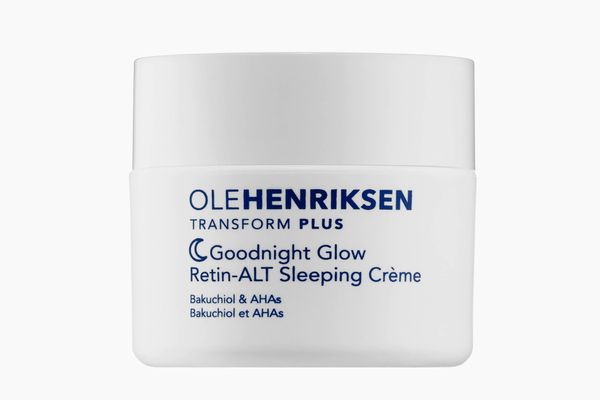
Often referred to as "herbal Botox," the ingredient bakuchiol is allegedly a retinol alternative found in the seeds of the Psoralea Corylifolia plant. It's more gentle than your standard retinol, but if you're treating KP on your face, you still shouldn't layer your exfoliators, so it's best to adopt a routine of swapping them in and out. I use this on nights I don't apply the A+ serum, as a heavy-duty nighttime moisturizer.
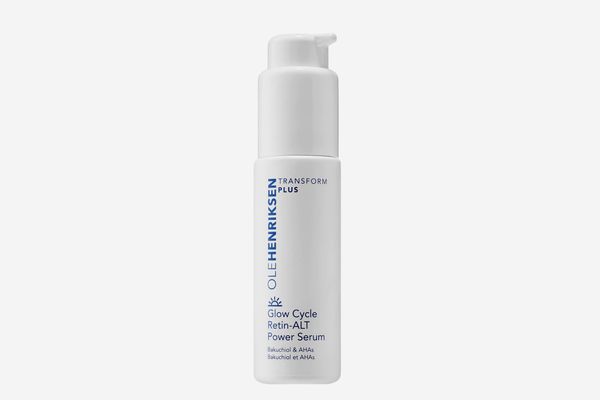
The sleeping crème's sister product is a purple serum that dries quickly and leaves no sticky residue. It contains the same bakuchiol extract; I use it every morning, before applying any other lotions or potions.
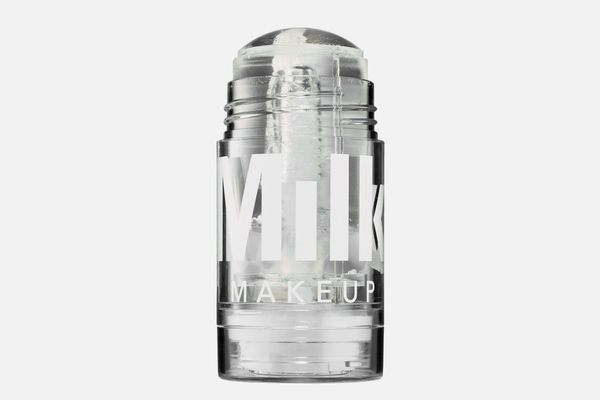
Oils aren't moisturizers, but they do act as a barrier to keep the good stuff in and on your skin. I like layering an oil over my serum and under my moisturizer; Milk Makeup's stick is easy to apply and helps control the amount of product you're actually using.
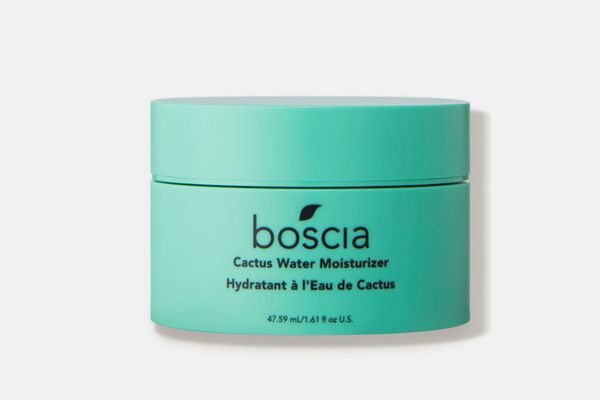
People with KP often have really dry skin, and few plants know how to thrive in dry climates like a cactus. This gel is soothing and refreshing, and leaves my skin feeling moisturized for hours.
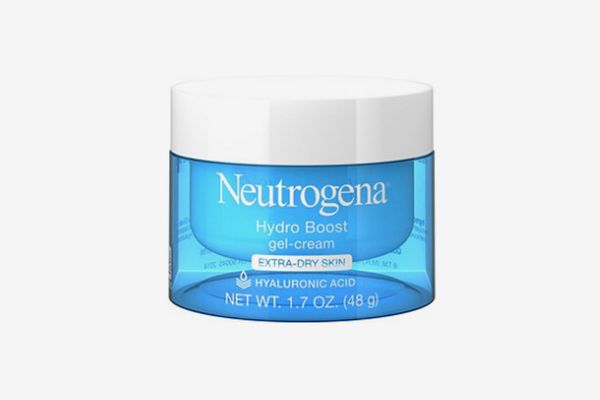
For a drugstore option, try this moisturizer from Neutrogena's Hydro Boost line. It contains hyaluronic acid, which doesn't function the same way other acids do; it's a humectant rather than an exfoliant, so your skin stays hydrated.

On days when I need a heavy-duty quick fix, I reach for this mask. Rub the paste in briefly when you first apply it; it contains little granules that aren't too harsh on your skin. Leave the acid compound on your skin for an additional ten minutes, and wash off. It can feel intense, so be sure to avoid using it on days you're also planning to apply a retinol.
If you buy something through our links,New York may earn an affiliate commission.
How to Get Rid of Chicken Skin on Face
Source: https://www.thecut.com/2019/01/how-to-treat-keratosis-pilaris.html